-
 Bitcoin
Bitcoin $121100
0.58% -
 Ethereum
Ethereum $4696
-0.08% -
 XRP
XRP $3.215
-2.33% -
 Tether USDt
Tether USDt $0.9999
0.00% -
 BNB
BNB $863.5
1.02% -
 Solana
Solana $202.9
0.63% -
 USDC
USDC $0.9994
-0.03% -
 Dogecoin
Dogecoin $0.2384
-3.43% -
 TRON
TRON $0.3676
2.68% -
 Cardano
Cardano $0.9704
10.78% -
 Chainlink
Chainlink $23.42
-3.16% -
 Hyperliquid
Hyperliquid $46.63
2.40% -
 Stellar
Stellar $0.4423
-2.88% -
 Sui
Sui $3.933
-2.53% -
 Bitcoin Cash
Bitcoin Cash $608.8
-0.25% -
 Hedera
Hedera $0.2641
-0.78% -
 Ethena USDe
Ethena USDe $1.000
-0.02% -
 Avalanche
Avalanche $24.91
-1.56% -
 Litecoin
Litecoin $127.9
-3.85% -
 Toncoin
Toncoin $3.509
-0.67% -
 UNUS SED LEO
UNUS SED LEO $9.269
0.23% -
 Shiba Inu
Shiba Inu $0.00001357
-2.89% -
 Uniswap
Uniswap $11.42
-5.71% -
 Polkadot
Polkadot $4.191
-2.18% -
 OKB
OKB $102.8
-4.14% -
 Bitget Token
Bitget Token $4.749
-2.52% -
 Dai
Dai $0.9998
0.00% -
 Cronos
Cronos $0.1630
-3.52% -
 Pepe
Pepe $0.00001183
-4.65% -
 Aave
Aave $324.7
-0.96%
What assets does Coinbase Wallet support?
Coinbase Wallet supports multiple blockchains and thousands of tokens, including ETH, BTC, USDC, and NFTs, with full user control over private keys and seed phrases.
Aug 13, 2025 at 11:36 am
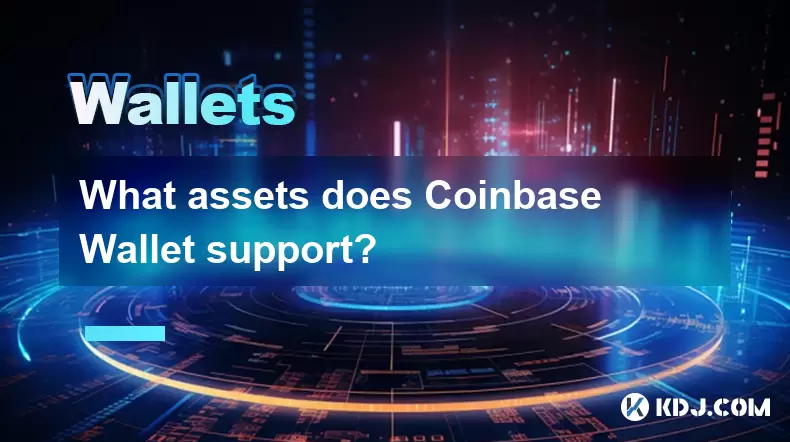
Understanding Coinbase Wallet and Its Purpose
Coinbase Wallet is a self-custody cryptocurrency wallet that allows users to store, manage, and interact with a wide range of digital assets independently of the main Coinbase exchange platform. Unlike the custodial Coinbase.com account, where the exchange holds users' private keys, Coinbase Wallet gives users full control over their private keys and seed phrases, ensuring ownership and security of their digital assets. This decentralized approach enables users to engage with decentralized applications (dApps), participate in token swaps, and manage non-fungible tokens (NFTs) directly from their mobile or browser extension wallet.
The wallet supports blockchain networks that are compatible with the Ethereum Virtual Machine (EVM), as well as several other major blockchains through multi-chain integration. This broad support allows users to hold assets across different ecosystems without needing multiple wallets.
Supported Cryptocurrencies and Tokens
Coinbase Wallet supports thousands of cryptocurrencies and tokens, primarily those built on widely adopted blockchains. The most prominent network supported is Ethereum (ETH), which includes all ERC-20 tokens such as USDC, DAI, UNI, AAVE, and LINK. Additionally, ERC-721 and ERC-1155 tokens, which represent NFTs, are fully supported, allowing users to view, send, and receive digital collectibles and artwork.
Other major blockchains integrated into Coinbase Wallet include:
- BNB Smart Chain (BSC) – supports BNB, BUSD, and various BEP-20 tokens
- Polygon (MATIC) – enables low-cost transactions and supports MATIC, USDT, and other Polygon-based tokens
- Avalanche (AVAX) – supports AVAX and tokens on the C-Chain
- Optimism and Arbitrum – Layer 2 Ethereum networks that support OP and ARB tokens, respectively, along with their respective token standards
- Base – a Coinbase-developed Layer 2 network, supporting ETH and Base-native tokens
Each of these networks allows users to store and manage native cryptocurrencies and compatible smart contract-based tokens.
How to Add and Manage Supported Assets
Adding and managing assets in Coinbase Wallet is a user-driven process that requires attention to network compatibility. When a user wants to add a token not automatically displayed, they must manually import it using the token contract address.
To add a custom token:
- Open the Coinbase Wallet app or browser extension
- Navigate to the "Assets" tab
- Select "Add Token"
- Choose the correct network (e.g., Ethereum, Polygon, BSC)
- Enter the token contract address accurately
- Confirm the token symbol and decimals (these are usually auto-filled)
- Tap "Add Token" to complete the process
It is crucial to verify the contract address from a trusted source, as entering an incorrect or malicious address can result in fund loss. Once added, the token will appear in the wallet balance and can be sent or received like any other supported asset.
NFT and Multi-Chain Support Features
Coinbase Wallet provides robust support for NFTs across multiple blockchains. Users can view their NFT collections from Ethereum, Polygon, and other integrated networks in a unified gallery interface. Each NFT is displayed with metadata, including image, name, and attributes. Transferring NFTs requires selecting the correct network and confirming the transaction using the wallet’s security protocol.
The multi-chain nature of the wallet means users can switch between networks seamlessly within the app. For example, a user holding USDC on Ethereum and USDC on Polygon will see both balances separately, with clear network labels. This prevents confusion and reduces the risk of sending tokens on the wrong chain.
When interacting with dApps, the wallet automatically detects the required network and prompts the user to switch if necessary. This feature is essential for decentralized finance (DeFi) platforms, NFT marketplaces, and blockchain games that operate on specific chains.
Security and Asset Recovery
Security is central to Coinbase Wallet’s design. Since it is a non-custodial wallet, only the user holds the recovery phrase (seed phrase). This 12- or 24-word phrase must be stored securely offline, as it is the only way to recover access to all assets if the device is lost or damaged.
To recover a wallet:
- Install Coinbase Wallet on a new device
- Choose "I already have a wallet"
- Select "Enter recovery phrase"
- Input the exact seed phrase in the correct order
- Confirm the phrase and set a new password if prompted
After recovery, all supported assets across all connected networks will reappear, provided they were previously accessed or added in the wallet. Transactions and balances are retrieved from the blockchain, not from a central server.
It is critical to never share the seed phrase with anyone and to avoid storing it digitally. Phishing attempts and fake wallet apps often target seed phrases, so users should only download the official Coinbase Wallet app from verified sources.
Frequently Asked Questions
Can I store Bitcoin (BTC) in Coinbase Wallet?
Yes, Bitcoin (BTC) is supported in Coinbase Wallet. It is held on the Bitcoin blockchain, and users can send and receive BTC directly. However, Bitcoin does not support smart contracts, so BTC cannot be used in DeFi protocols directly through the wallet unless wrapped (e.g., WBTC).
Does Coinbase Wallet support stablecoins like USDT and USDC?
Yes, USDT and USDC are fully supported across multiple blockchains. USDC is available on Ethereum, Polygon, Arbitrum, Optimism, Base, and Avalanche. USDT is supported on Ethereum (as an ERC-20 token), Tron, and BNB Smart Chain. Users must ensure they are sending USDT on the correct network to avoid loss.
How do I send tokens to another wallet or exchange?
To send a token:
- Open the wallet and select the asset
- Tap "Send"
- Enter the recipient’s wallet address
- Select the correct network (especially important for multi-chain tokens)
- Enter the amount and review fees
- Confirm the transaction with your password or biometrics
Always double-check the recipient address and network compatibility before confirming.
Are newly launched tokens automatically visible in my wallet?
No, newly launched or lesser-known tokens may not appear automatically. If you own such a token, you must manually add it using its contract address on the correct network. If the token is not verified or lacks metadata, it may not display a logo or name correctly.
Disclaimer:info@kdj.com
The information provided is not trading advice. kdj.com does not assume any responsibility for any investments made based on the information provided in this article. Cryptocurrencies are highly volatile and it is highly recommended that you invest with caution after thorough research!
If you believe that the content used on this website infringes your copyright, please contact us immediately (info@kdj.com) and we will delete it promptly.
- Kazakhstan's Crypto Leap: Bitcoin ETF and Central Asia's Digital Finance Future
- 2025-08-13 12:45:19
- BlockDAG Presale Blazes Past $371M: Fundraising Frenzy Fuels Crypto Sensation
- 2025-08-13 13:05:21
- Meme Coins: Chasing the 2025 Surge – Which Will Moonshot?
- 2025-08-13 10:25:23
- Bitcoin's Wild Ride: Rally, Pullback, and What's Next
- 2025-08-13 10:25:23
- Bitcoin, Bitmax, and Institutional Demand: A New Era of Crypto Investment
- 2025-08-13 10:45:12
- Solana, ROAM, and Airdrops: What's the Buzz in 2025?
- 2025-08-13 11:35:13
Related knowledge
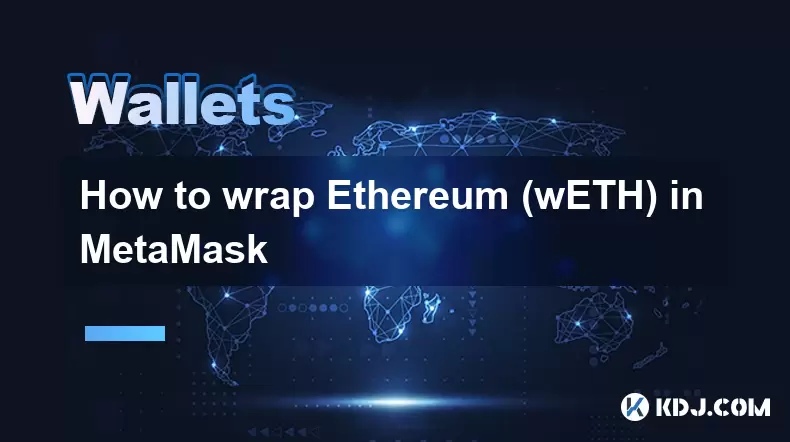
How to wrap Ethereum (wETH) in MetaMask
Aug 13,2025 at 11:36am
Understanding Wrapped Ethereum (wETH)Wrapped Ethereum (wETH) is a tokenized version of native Ethereum (ETH) that conforms to the ERC-20 standard, ena...

How to manage your portfolio in Exodus wallet
Aug 08,2025 at 10:07pm
Understanding the Exodus Wallet InterfaceThe Exodus wallet is a non-custodial cryptocurrency wallet that supports a wide range of digital assets. When...
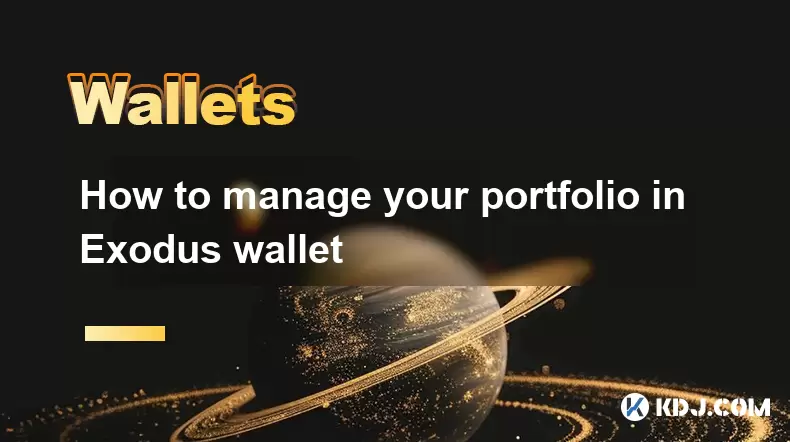
How to manage your portfolio in Exodus wallet
Aug 13,2025 at 11:35am
Understanding the Exodus Wallet InterfaceThe Exodus wallet is a non-custodial cryptocurrency wallet that supports a wide range of digital assets. Upon...

How to reset your MetaMask password
Aug 08,2025 at 01:28pm
Understanding the MetaMask Password Reset ProcessMany users confuse the MetaMask password with the seed phrase or private key, but they serve differen...
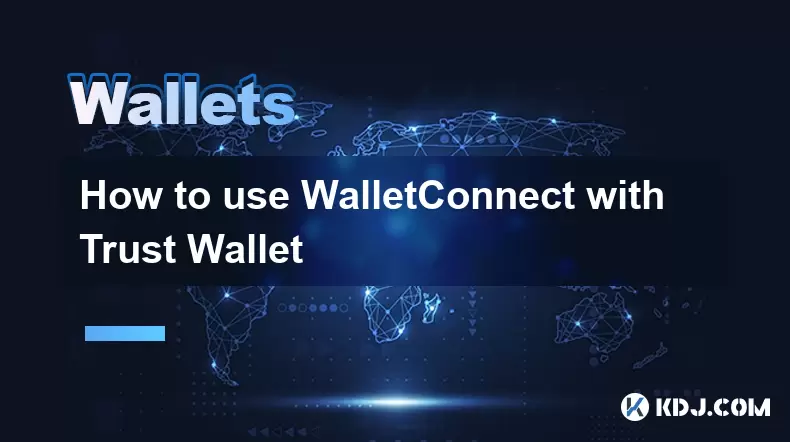
How to use WalletConnect with Trust Wallet
Aug 13,2025 at 01:07am
What Is WalletConnect and Why It Matters for Trust Wallet UsersWalletConnect is an open-source protocol that enables secure communication between dece...
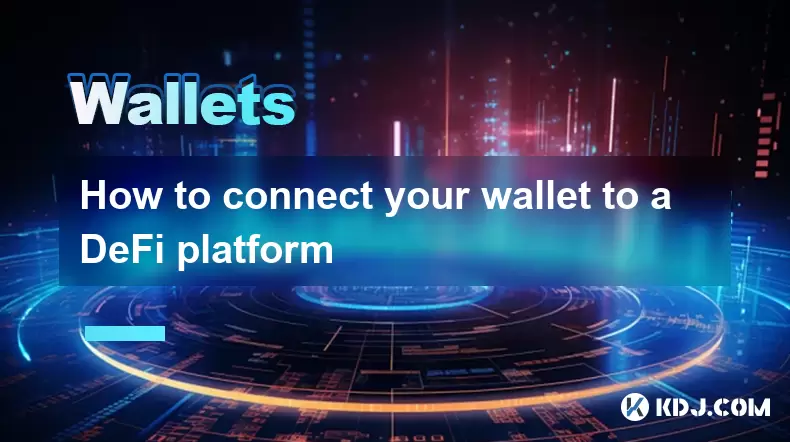
How to connect your wallet to a DeFi platform
Aug 13,2025 at 11:36am
Understanding Wallet Compatibility with DeFi PlatformsBefore connecting your wallet to any DeFi platform, it's essential to ensure your wallet is comp...

How to wrap Ethereum (wETH) in MetaMask
Aug 13,2025 at 11:36am
Understanding Wrapped Ethereum (wETH)Wrapped Ethereum (wETH) is a tokenized version of native Ethereum (ETH) that conforms to the ERC-20 standard, ena...

How to manage your portfolio in Exodus wallet
Aug 08,2025 at 10:07pm
Understanding the Exodus Wallet InterfaceThe Exodus wallet is a non-custodial cryptocurrency wallet that supports a wide range of digital assets. When...

How to manage your portfolio in Exodus wallet
Aug 13,2025 at 11:35am
Understanding the Exodus Wallet InterfaceThe Exodus wallet is a non-custodial cryptocurrency wallet that supports a wide range of digital assets. Upon...

How to reset your MetaMask password
Aug 08,2025 at 01:28pm
Understanding the MetaMask Password Reset ProcessMany users confuse the MetaMask password with the seed phrase or private key, but they serve differen...

How to use WalletConnect with Trust Wallet
Aug 13,2025 at 01:07am
What Is WalletConnect and Why It Matters for Trust Wallet UsersWalletConnect is an open-source protocol that enables secure communication between dece...

How to connect your wallet to a DeFi platform
Aug 13,2025 at 11:36am
Understanding Wallet Compatibility with DeFi PlatformsBefore connecting your wallet to any DeFi platform, it's essential to ensure your wallet is comp...
See all articles

























































































